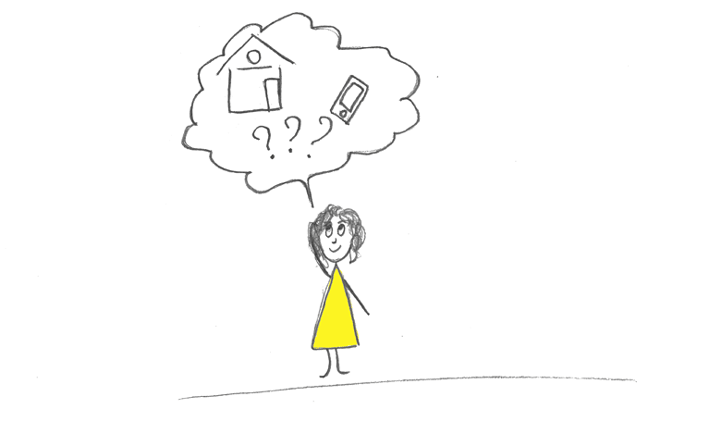...when your mom has no idea what you do

“Can you explain to me exactly what you do?” I hear this question pretty often, especially from people who don’t work in the tech industry. My mom has asked me this question at least five times. I have noticed that with every explanation she gets closer to the truth, which makes me extremely happy.
We all know that there are as many opinions as there are men. I would love to share with you three ways to explain what we as UX designers do. I find them the most effective and simple.
KEEP IT STRAIGHT
David Sherwin, in his article “Can You Say That in English? Explaining UX Research to Clients”, gives an example of a straightforward and professional explanation:
You’re creating a site for a company that sells professional-grade cameras. You survey twenty-five photographers on the websites they frequent, which cameras they prefer, how often they do client work, and so on. You collect this information and analyze it to find trends, inform your competitive research, and begin to shape the kind of site experience your audience might want.
To follow this model and create your personal story, you may find it useful to answer these questions:
- What do I create? (site/ app/ product)
- For whom? (A company that sells medical software, non-profit organization that helps children to learn second language, etc.)
- Describe steps of UX process that you apply for your project/job. (User interviews, survey, comparative analysis, usability testing, wire framing, etc.)
By adding little details such as, “…which cameras do they prefer…” and “…how often they do client work…” your speech will look real and fresh.
USE ANALOGY
Analogies have worked very well with my mom. I find that it’s a great explanation that you can use in a conversation with a non tech savvy person.
In his article, Ritch Macefield shares an analogy of designing a new house.
A UX architect conceives the whole experience of the home owner. This means having overall responsibility for the design, leading and briefing all of the people in specialist roles, and representing the home owner—not the builders—throughout the design process.
Rima Reda also finds a clear parallel between UX design and Architecture.
The sections and pages of our sites are the buildings, floors, and public spaces of our community, where content, functionality and audience come into play. In order to enhance and bolster the overall site experience, they must work in concert. The roads we build will guide people around our community, but the content must both captivate and fulfill user desires.
BE CREATIVE
Alexandra Franzen, in her article “How to Tell People What You Do—and Be Remembered”, shares her creative vision about how to be heard and remembered when you are sharing what you do. I put her advice to use and wrote my creative, feeling introduction.
I am a User Experience Designer, and I create compelling experiences; which really means I make people’s interaction with technology more enjoyable.
Using simple language is never a bad idea. It shows that you not only know what you do, but you can also explain your thoughts clearly.
IN CONCLUSION
I hope these ideas will find a place in your arsenal, and will help you to find the right answer for your not savvy mom, or curious taxi driver, or random person at Starbucks.
Remember, that no matter which way you choose to explain what you do, but what really matter is the feeling that you evoke in your audience. Make them feel something!
People will forget what you said, people will forget what you did, but people will never forget how you made them feel. ―Maya Angelou
My question for you:
How would you explain to your mom what you do?